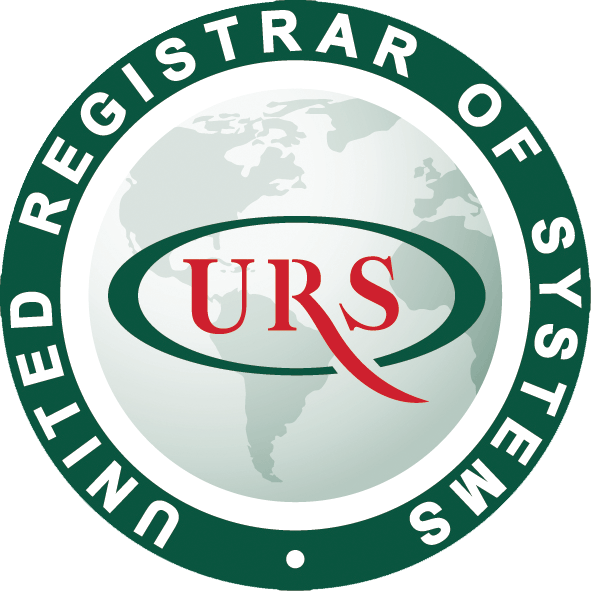To aid organizations in achieving and maintaining quality standards, the ISO 9001 certification stands as one of the most recognized and implemented quality management systems globally. This certification helps companies to improve their processes and enhance customer satisfaction continually. In this blog, we will delve into what ISO 9001 Quality management system certification is, its benefits, and how an organization can achieve it.

What is ISO 9001?
ISO 9001 is a part of the ISO 9000 family of quality management system standards maintained by the International Organization for Standardization (ISO), an independent, non-governmental international organization. The standard is based on a number of quality management principles, including a strong customer focus, the motivation and implication of top management, the process approach, and continual improvement.
ISO 9001:2015 is the latest version of the standard, and it follows a higher-level structure (Annex SL) which makes it compatible with other ISO management system standards, making the integration of multiple management systems much smoother.
Key Components of ISO 9001:2015
ISO 9001:2015 is designed to be dynamic and adaptable to all types of enterprises. Its major clauses include:
- Context of the Organization: Understanding internal and external issues, needs and expectations of relevant interested parties.
- Leadership: Top management’s commitment to the QMS, establishing organizational roles, responsibilities, and authorities.
- Planning: Addressing risks and opportunities, and setting quality objectives.
Benefits of ISO 9001 Certification
- Improved Quality Management: The standards provide a framework and set of principles that ensure a common-sense approach to the management of your organization to consistently satisfy customers and other stakeholders.
- Higher Efficiency: Organizations that go through the ISO 9001 certification process have gained increased efficiencies and productivity. This is because the standards encourage streamlining processes and finding efficiencies.
- Enhanced Customer Satisfaction: By adopting an ISO 9001 standard, companies can raise their reliability and customer satisfaction levels. Happy customers are essential to the success of any business, and an ISO certification often increases trust.
How to Get ISO 9001 Certified
- Understand the Standard: It is crucial for the organization seeking certification to analyze and understand the clauses of ISO 9001:2015 thoroughly.
- Gap Analysis: Conduct a gap analysis to figure out what is missing from your current organizational practices versus what is required by the standard.
- Plan Your Implementation: Once the gaps are identified, prepare an action plan to achieve ISO 9001 compliance. This could include training employees, setting up new processes, and more.
- Documentation: Document processes and any changes made as a result of the gap analysis. Documentation helps in formalizing processes and defining responsibilities.
- Internal Audit: Conduct an internal audit to check the effectiveness of the QMS. This helps in understanding what areas need further attention and preparation before the final audit.
- Certification Audit: An ISO 9001 certification body will conduct a formal assessment. If all standards are met, the organization will be certified with ISO 9001.



